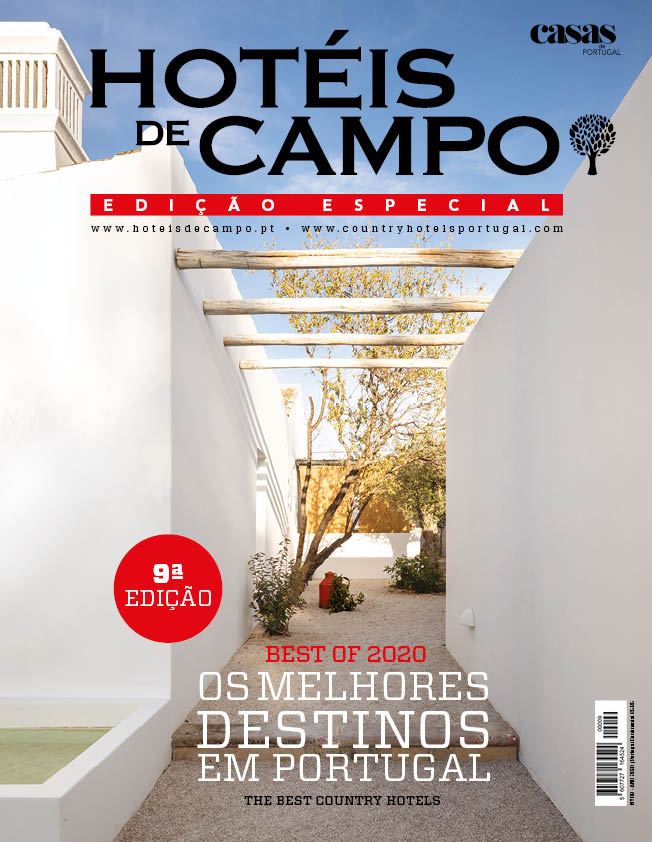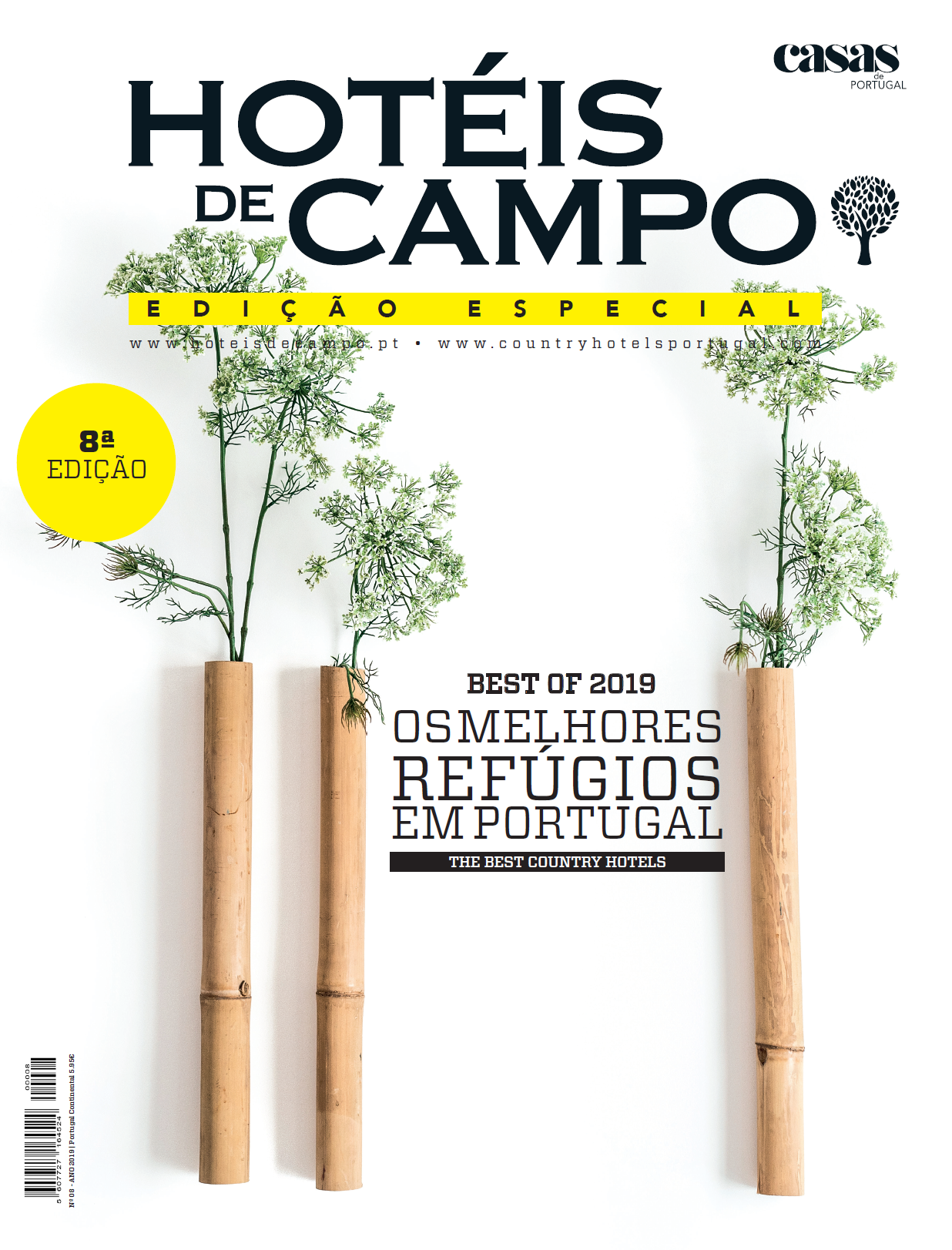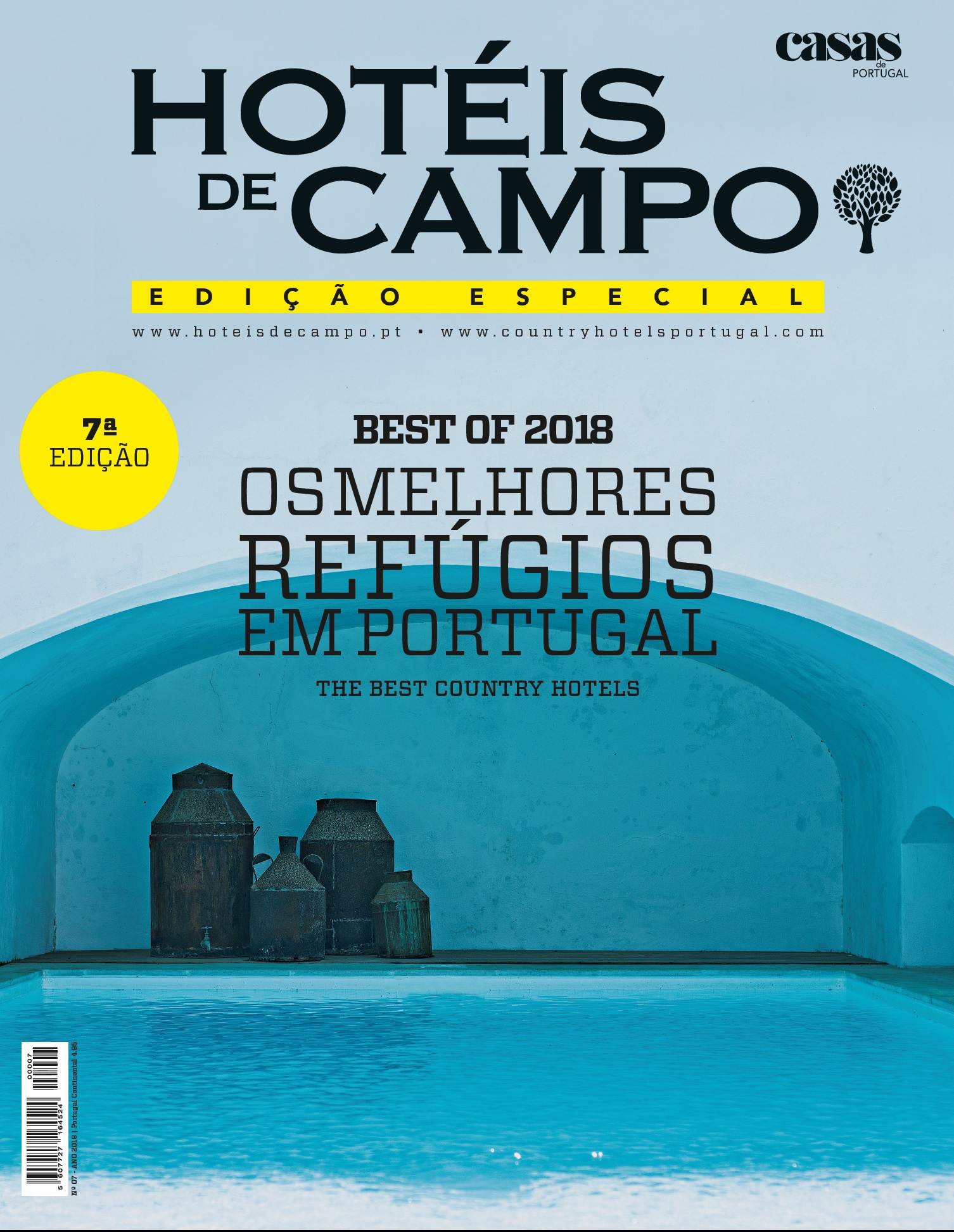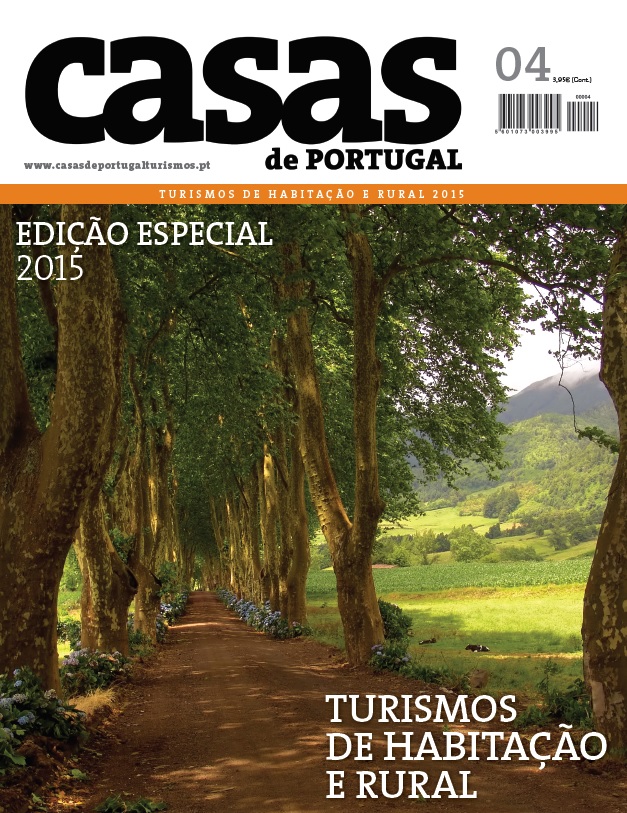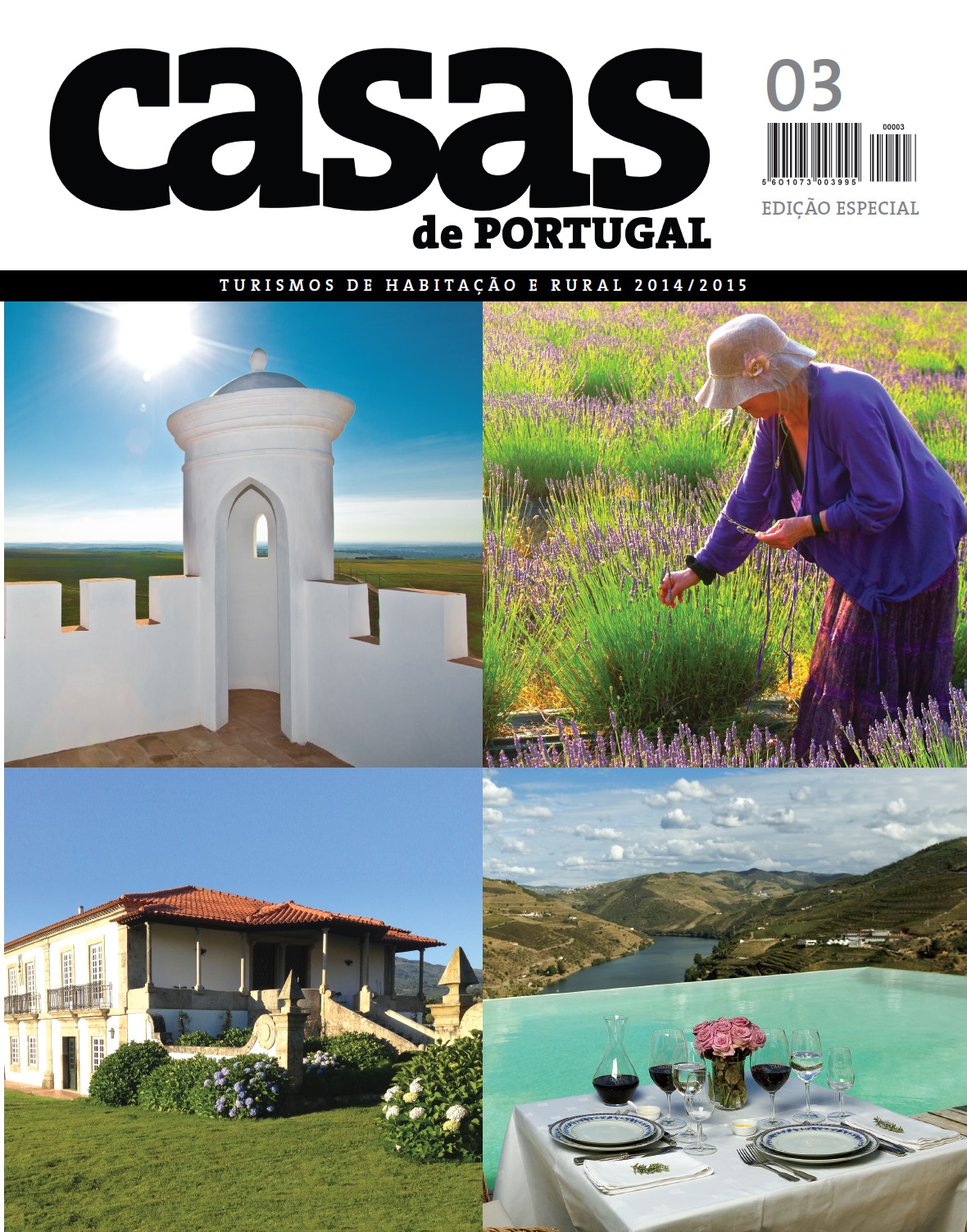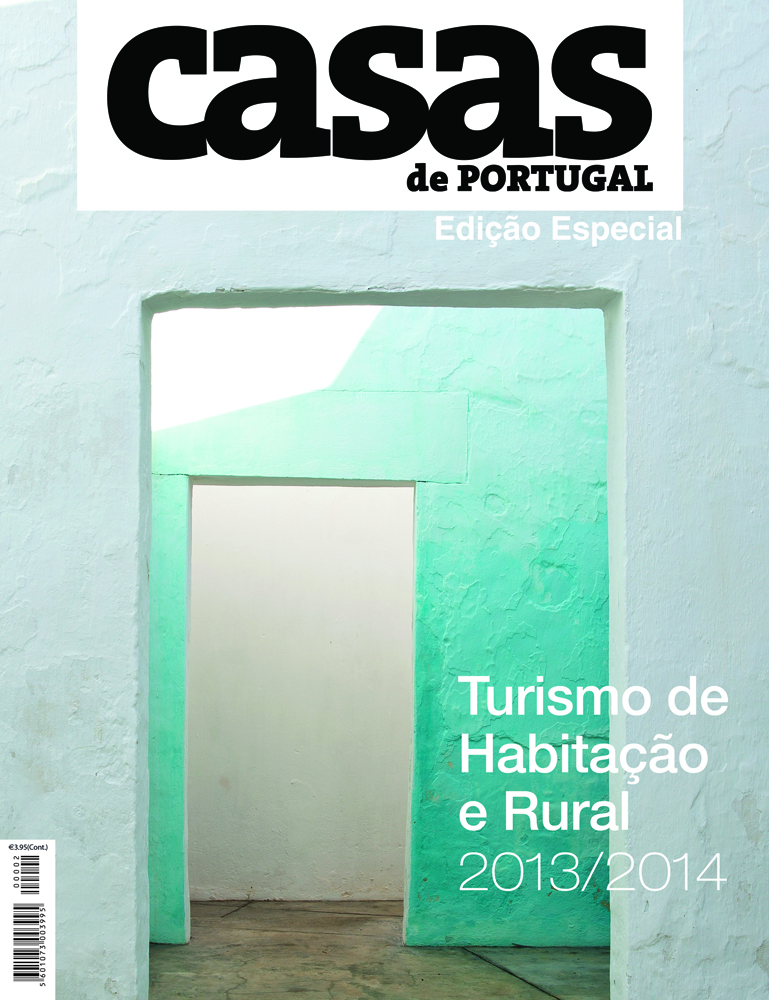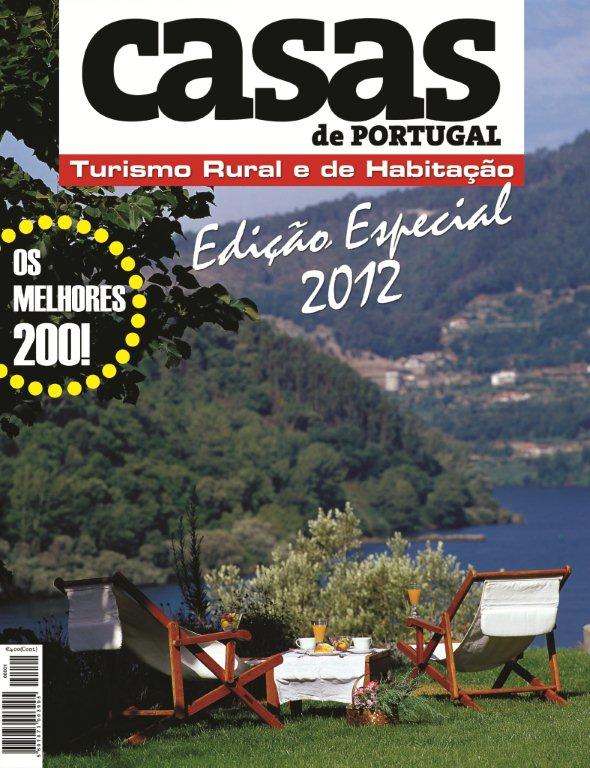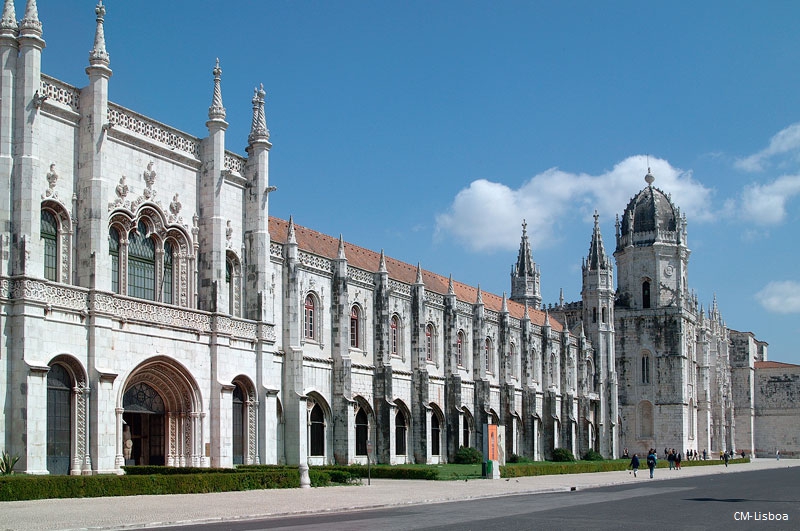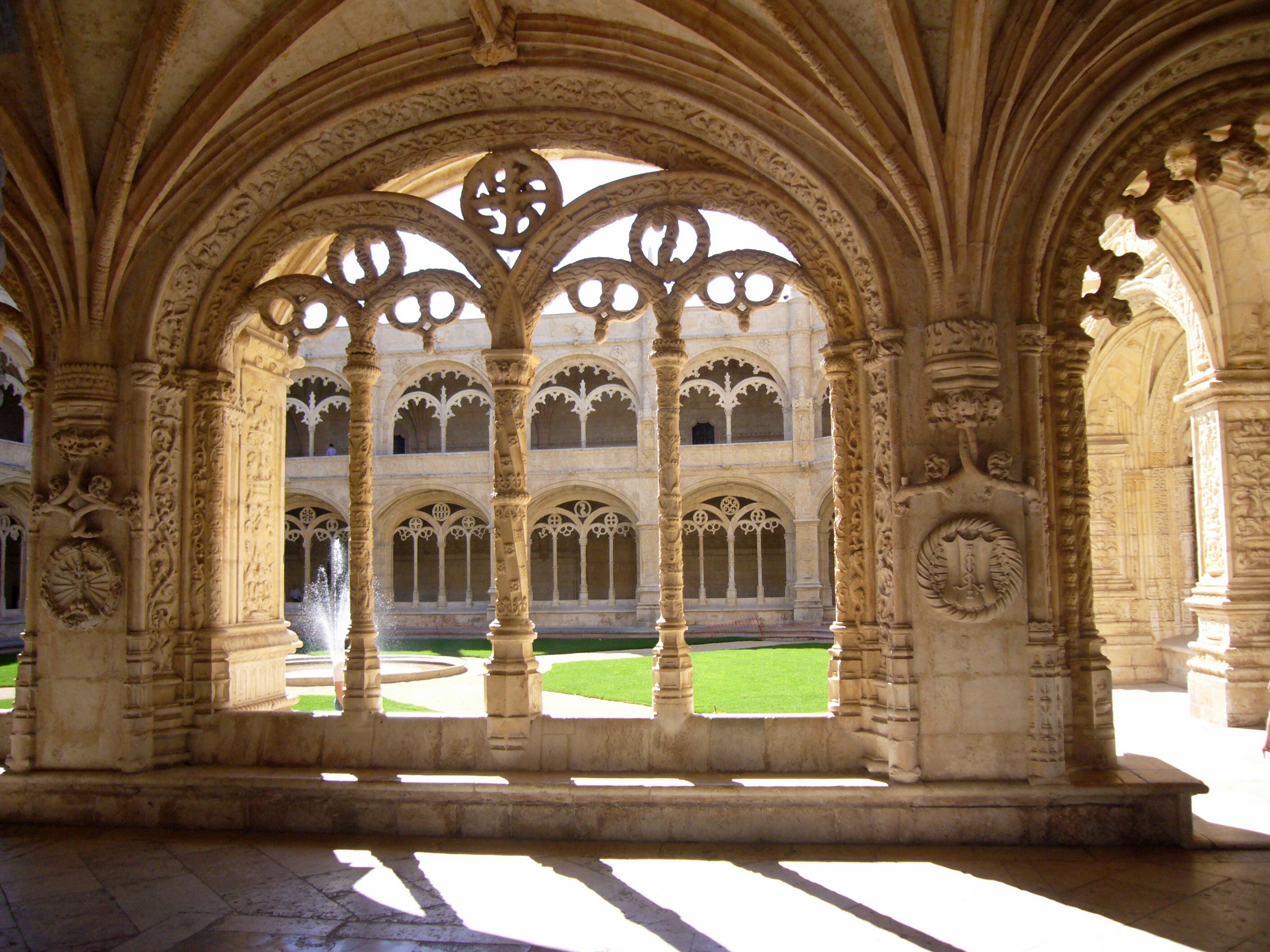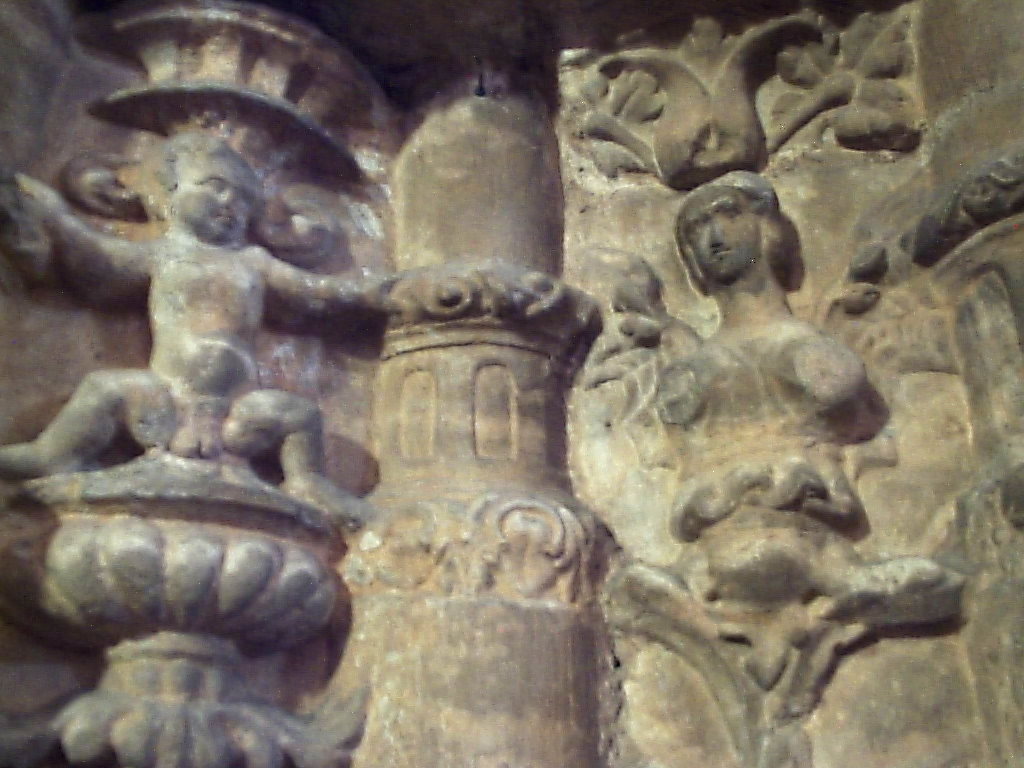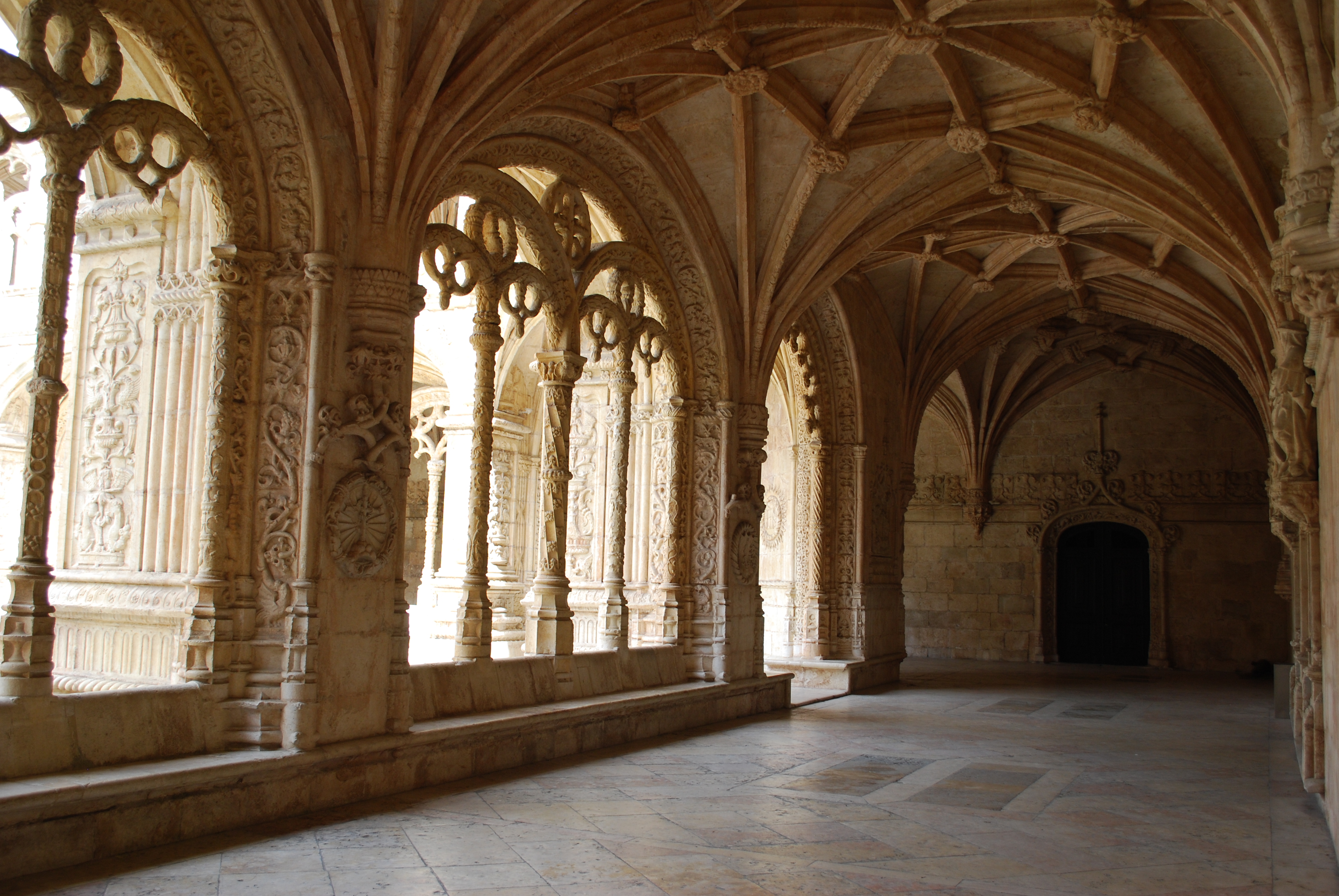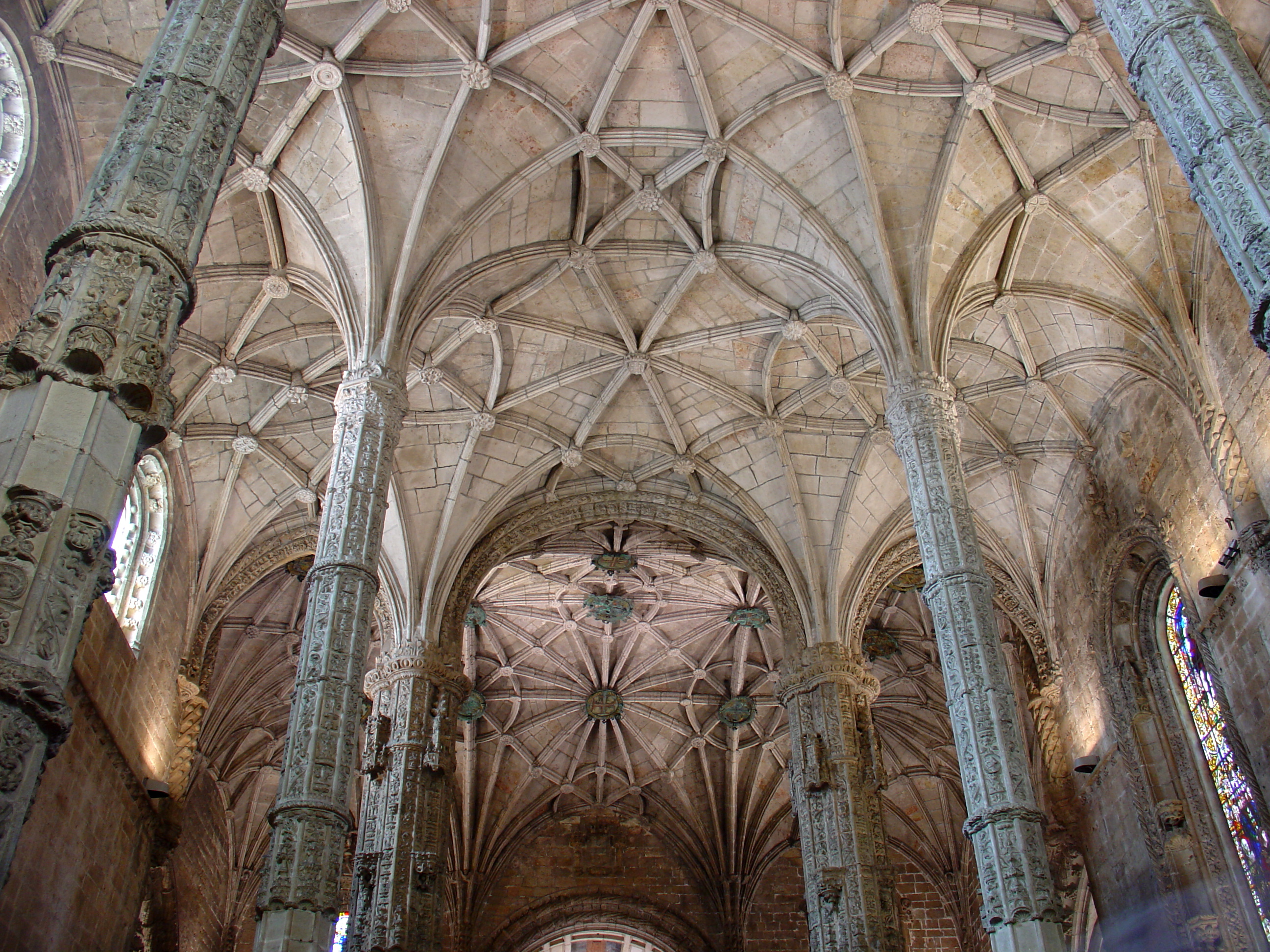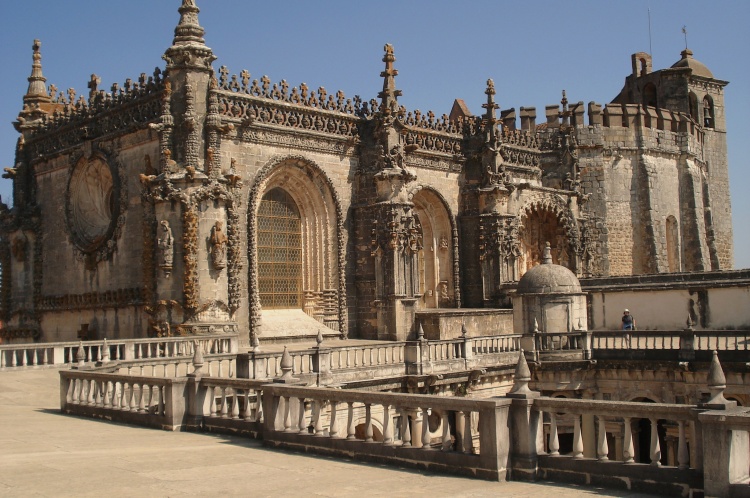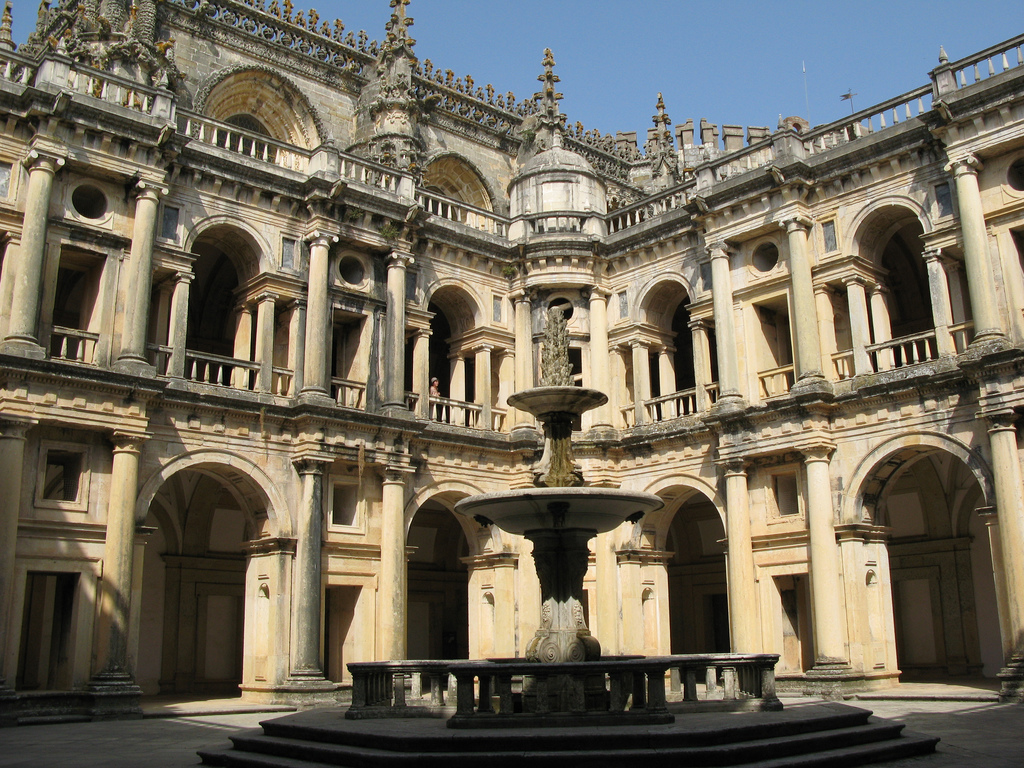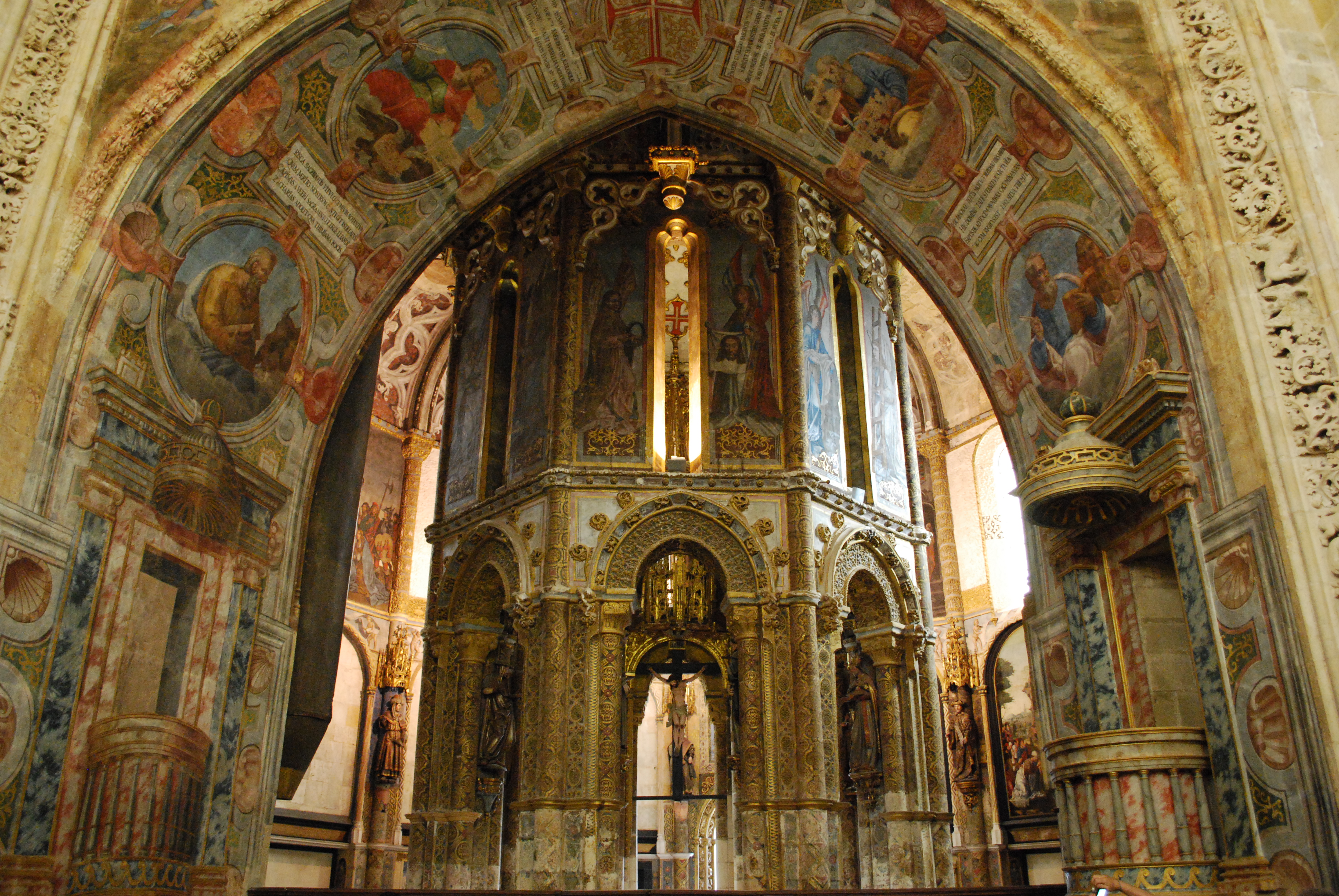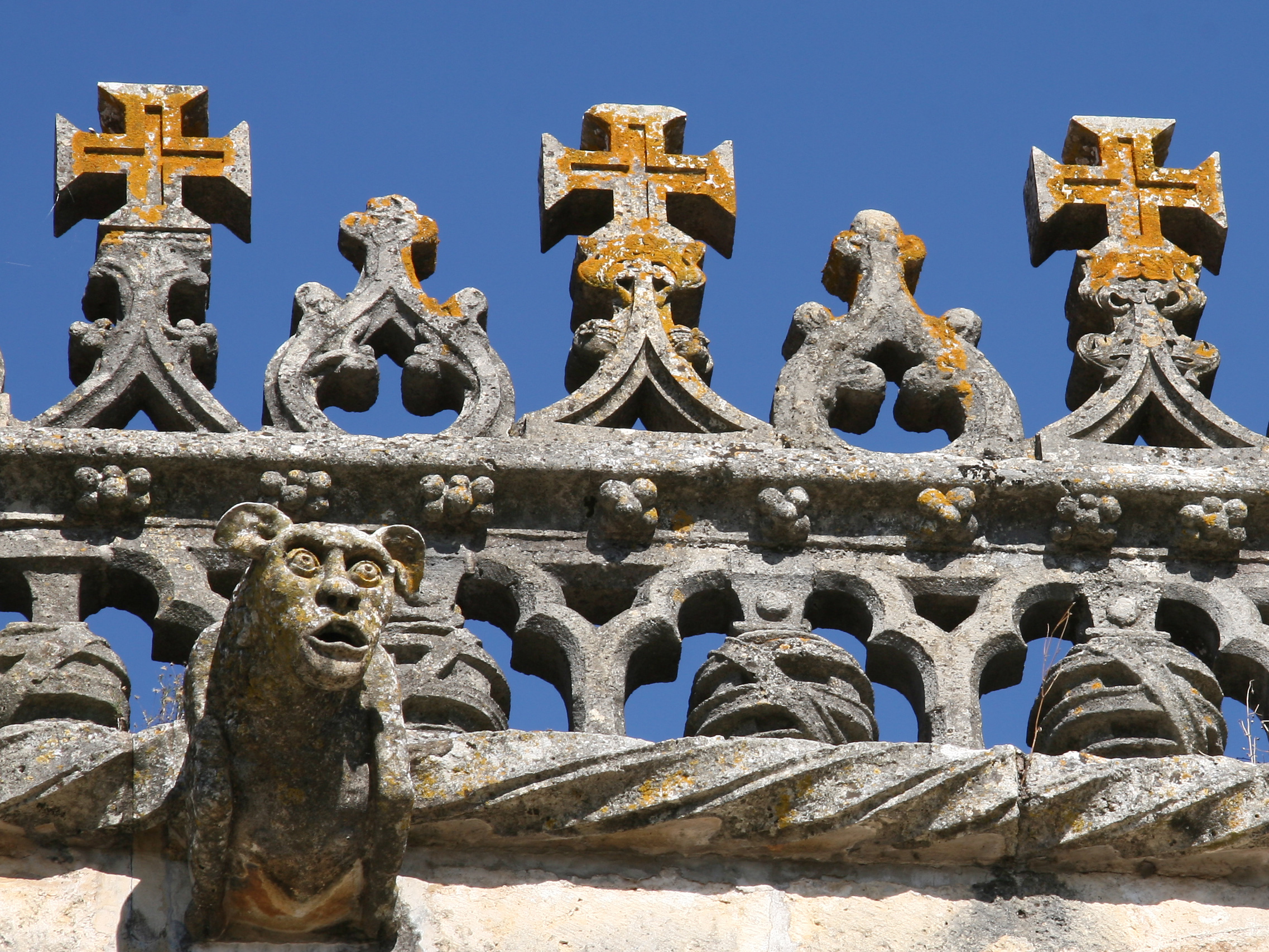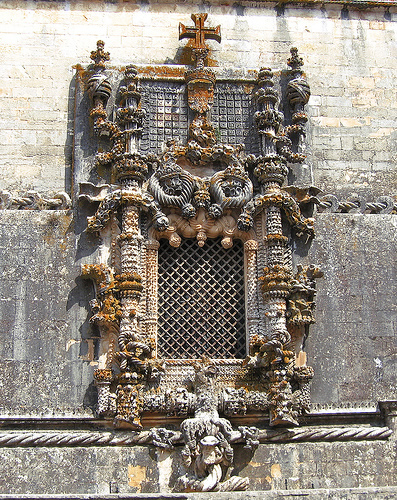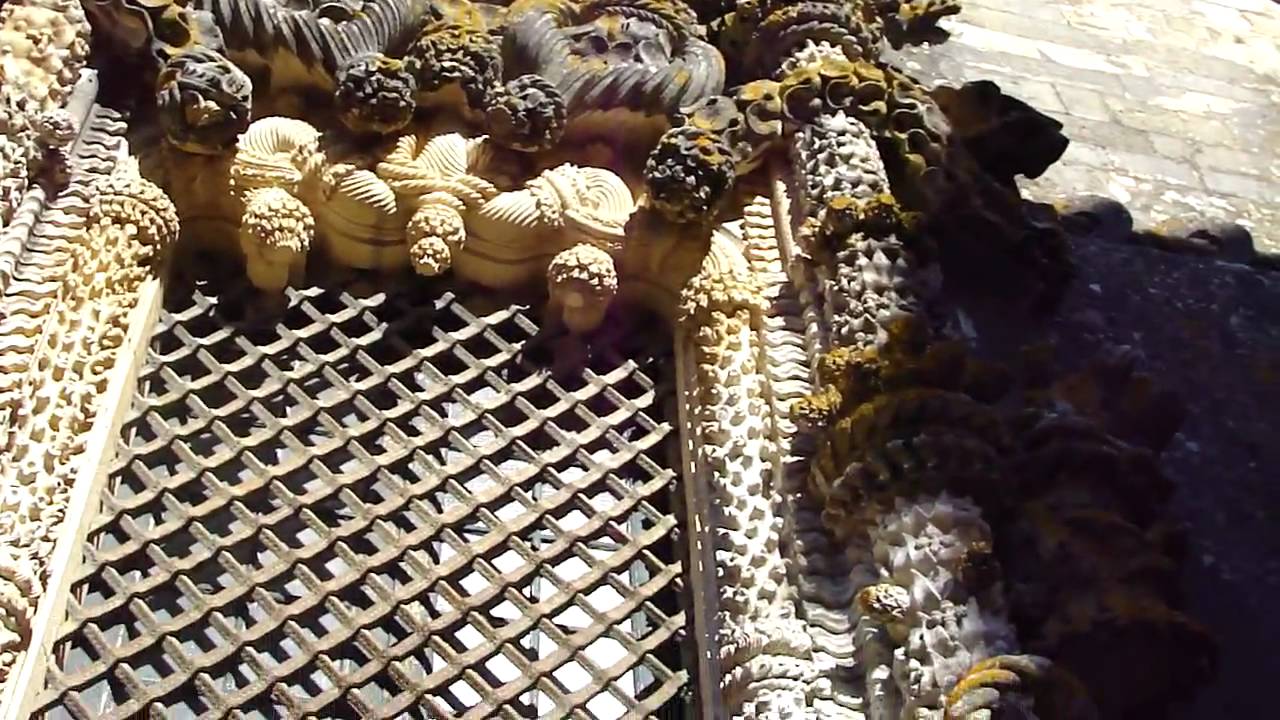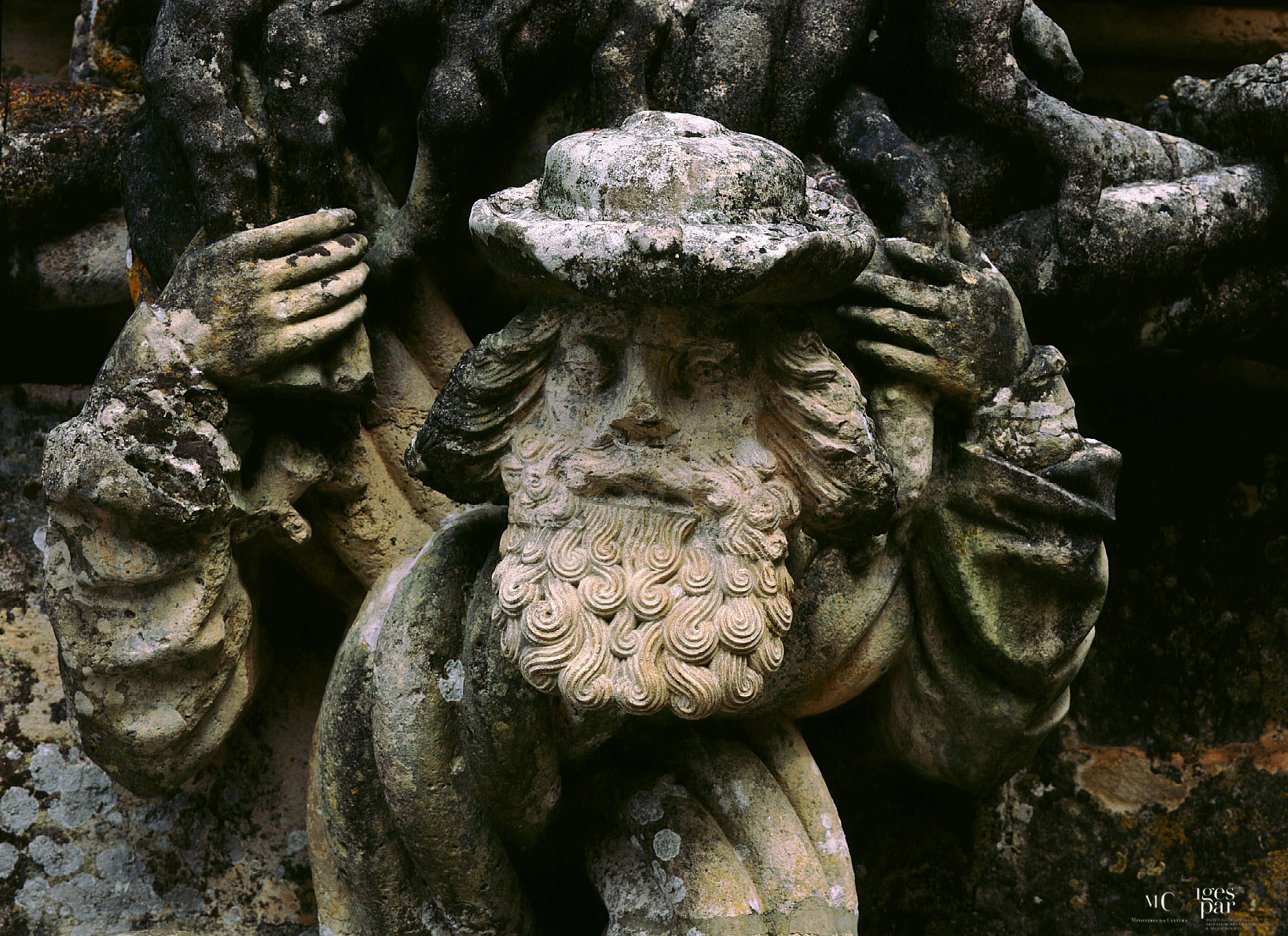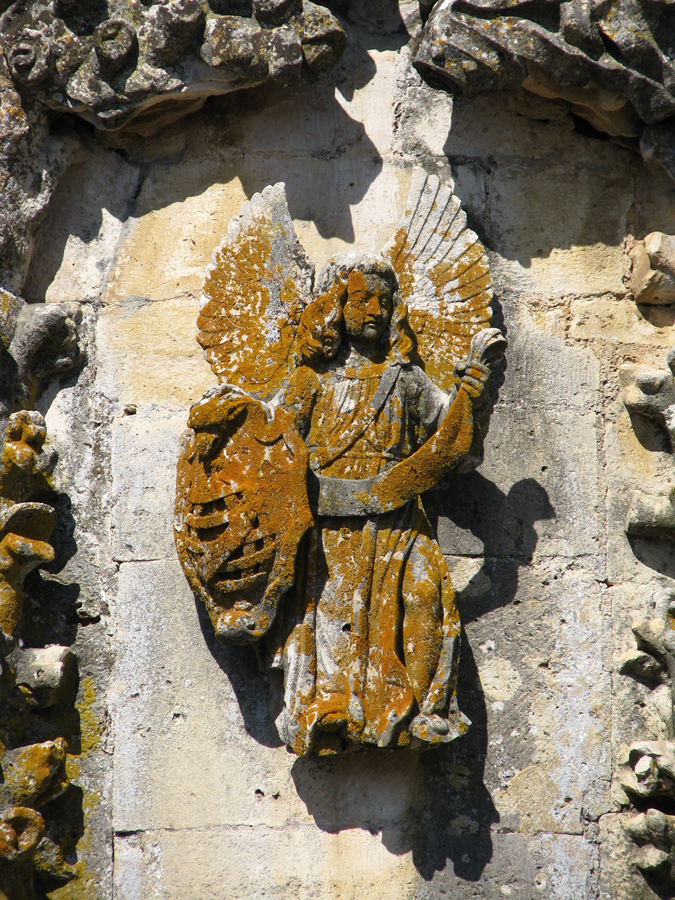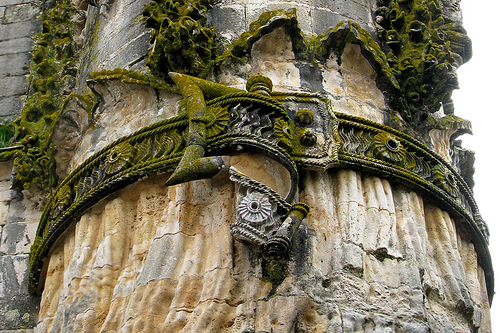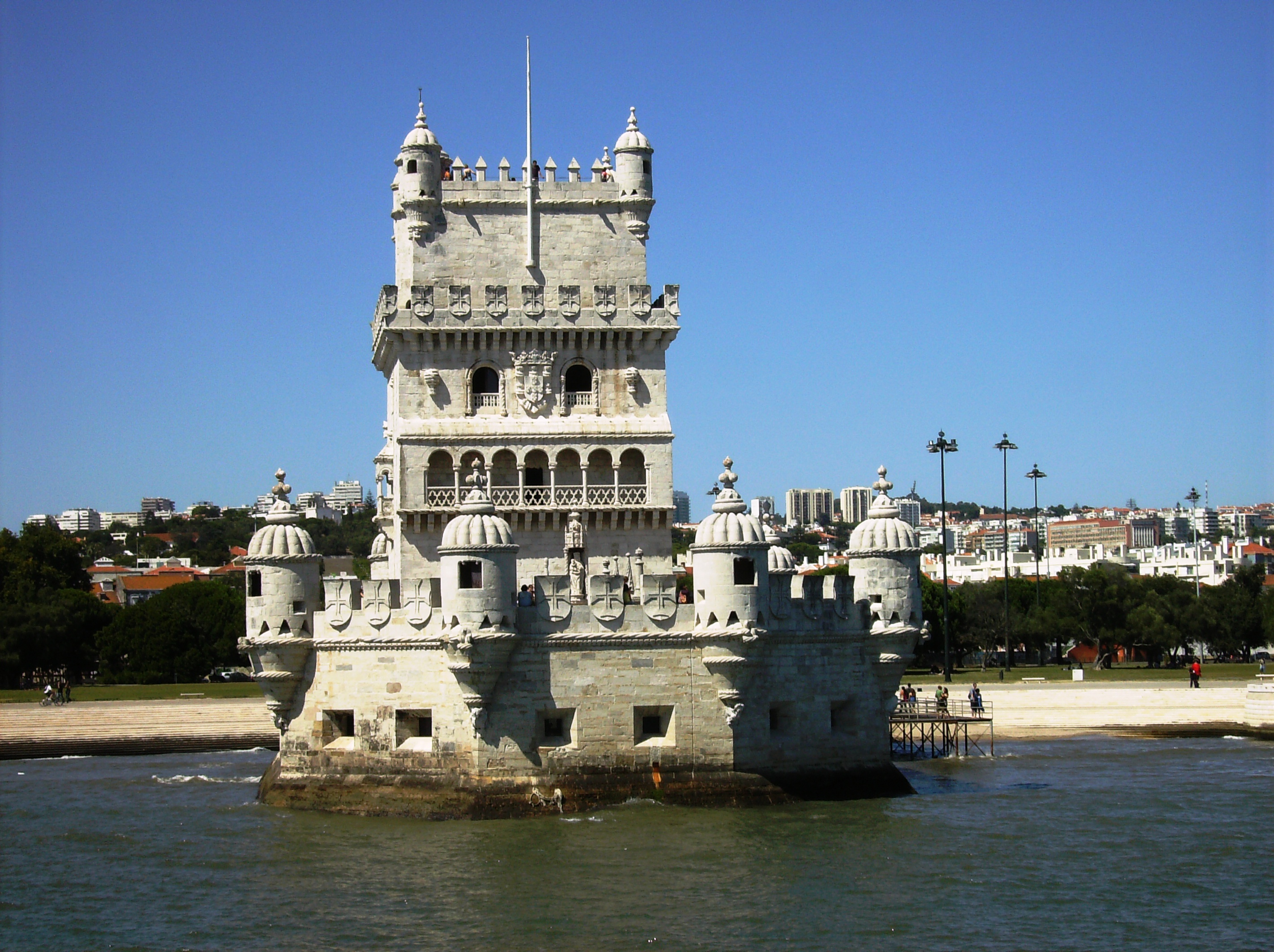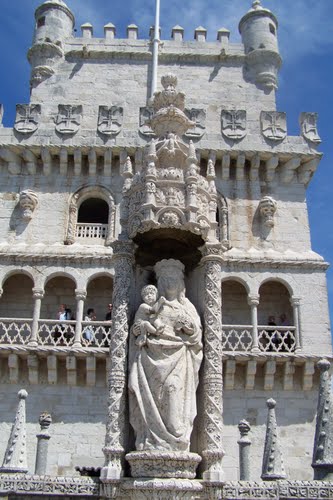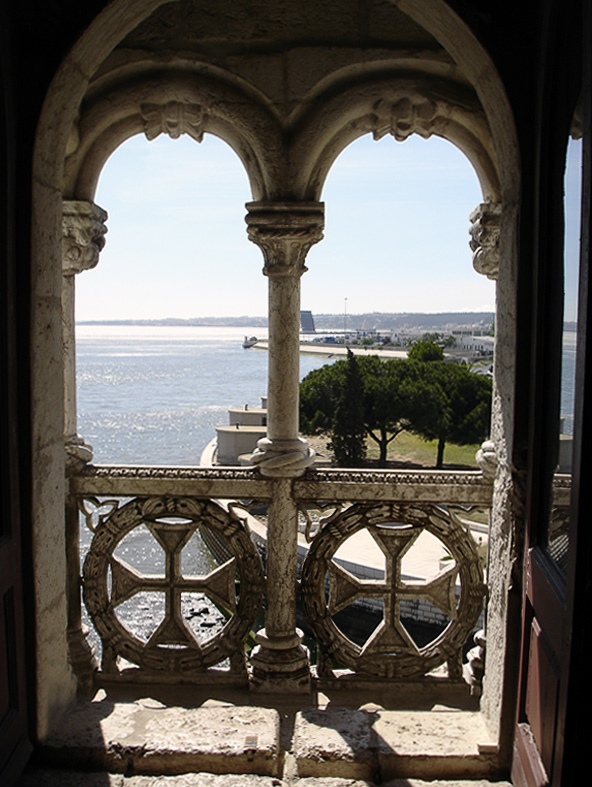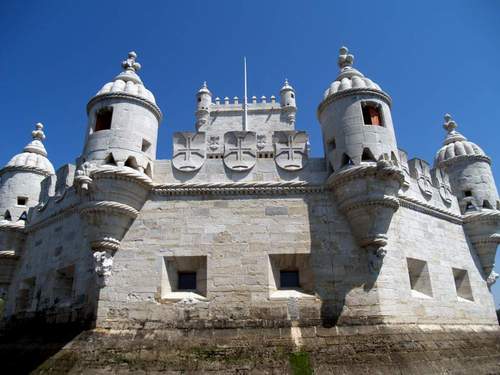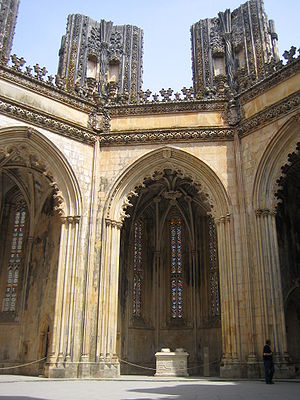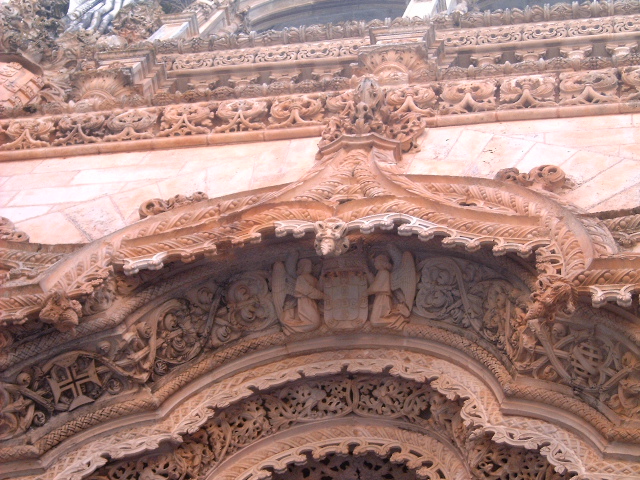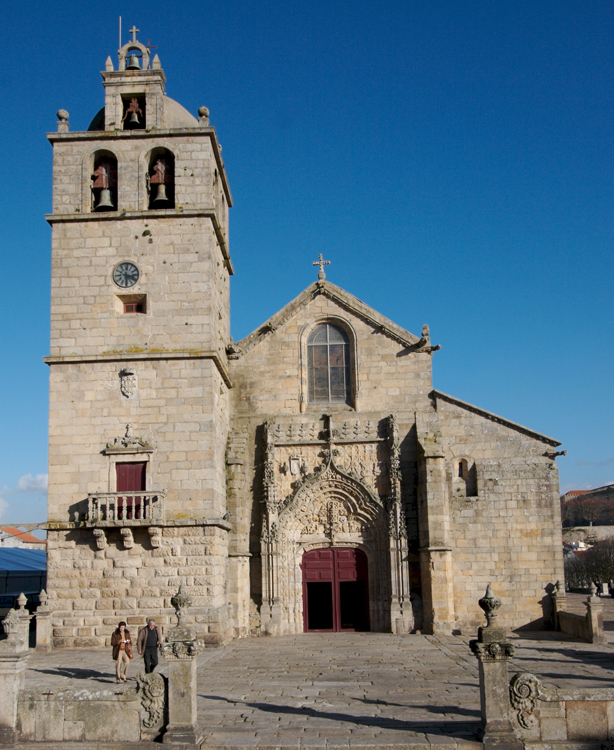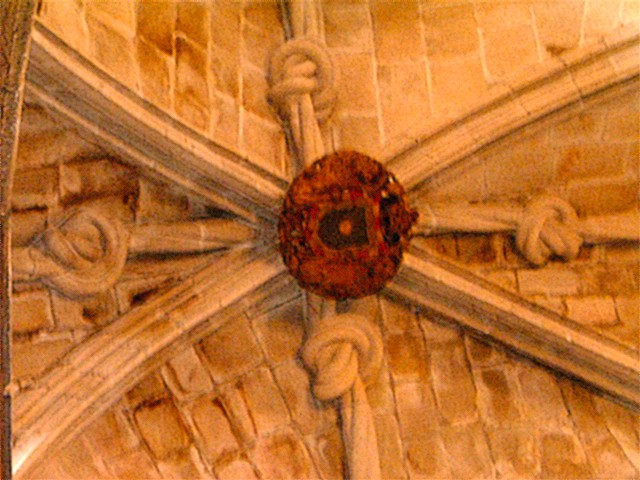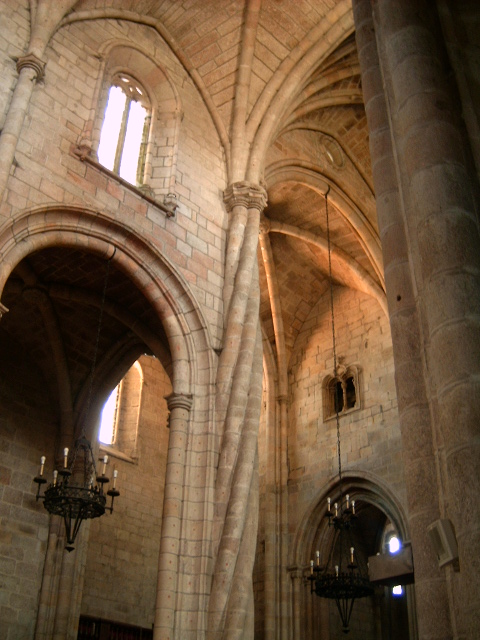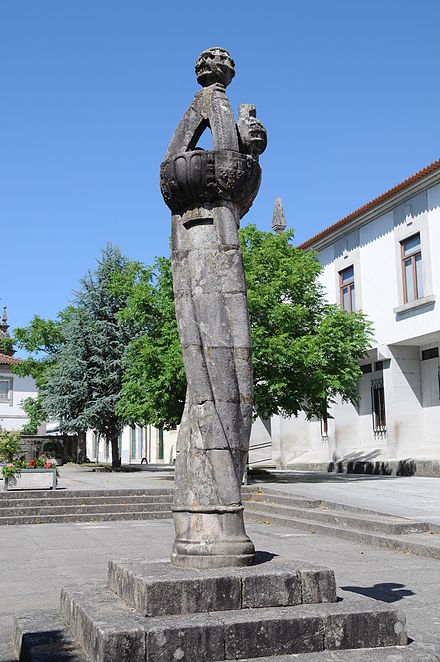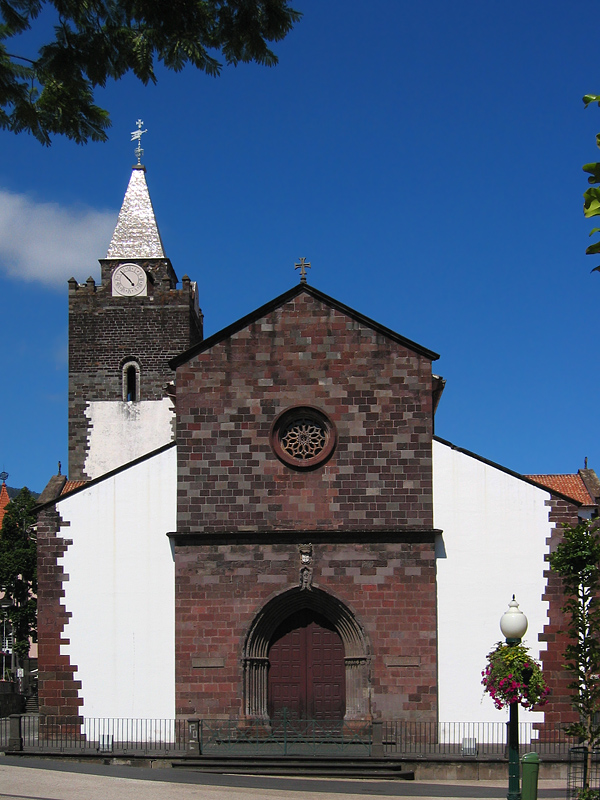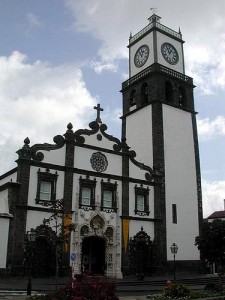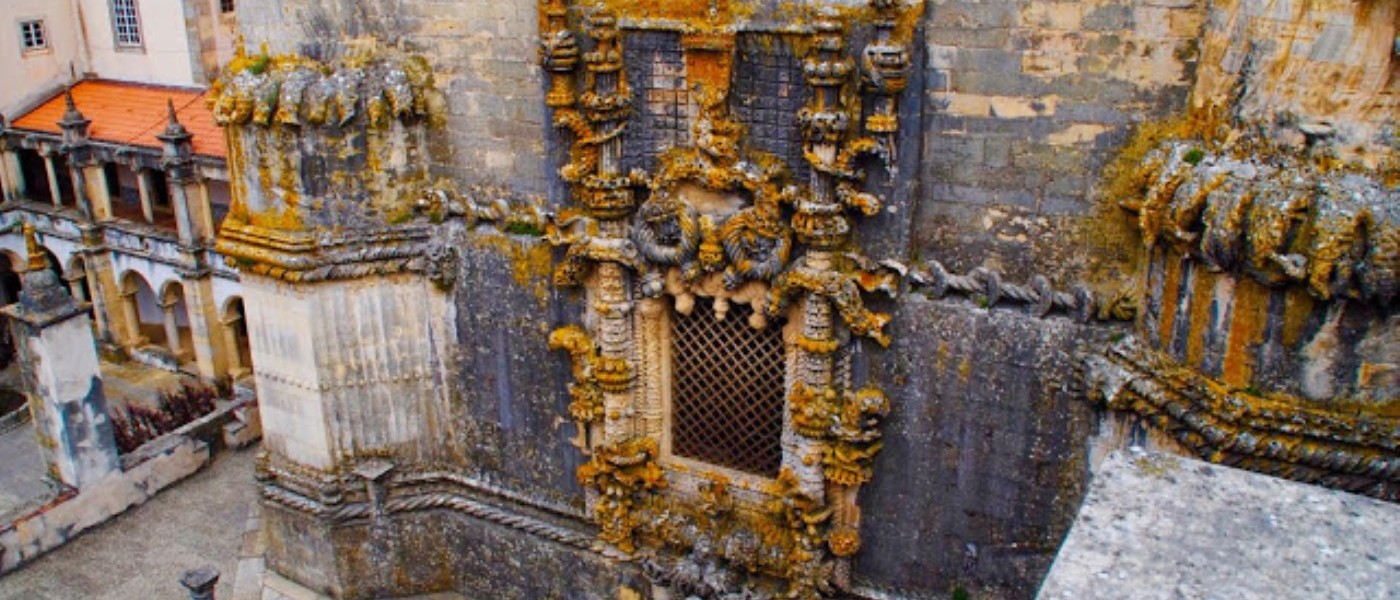
Manueline Style
Created from the will of the King Manuel I (1491-1521) and out of the creative spirit being upheld, at the time, in Portugal. In an era where the Portuguese sailors, responsible for the discoveries, made themselves known to the world and gave the world the knowledge of far away civilizations.
Several artists from those far away lands came to Portugal, from this encounter of cultures the Manueline Style was born, which is considered to be a new interpretation of the Gothic Style.
The Tower of Belém and the Jerónimos Monastery, both in Lisbon, and the Tomar’s Convent of Christ with its dazzling Chapter Window, are the supreme example of the style.
The exuberance of shapes and its strong naturalistic-symbolic interpretation is part of its characteristics. In the Manueline Style the most frequent motives are the Armillary Sphere (a navigational instrument, personal symbol of the King Manuel I, and also a symbol of the cosmos), elements from the sea, such as shells, pearls and strings of seaweed. Also, botanical motifs such as laurel branches, oak leaves, acorns, poppy capsules, corncobs and thistles. Elements of common usage in ships were also added, like, spheres, anchors, anchor chains, ropes and cables. Mythical creatures were also part of the decorations, such as gargoyles and mermaids.
Leave a comment


